International
Million Covid deaths in 2022: WHO
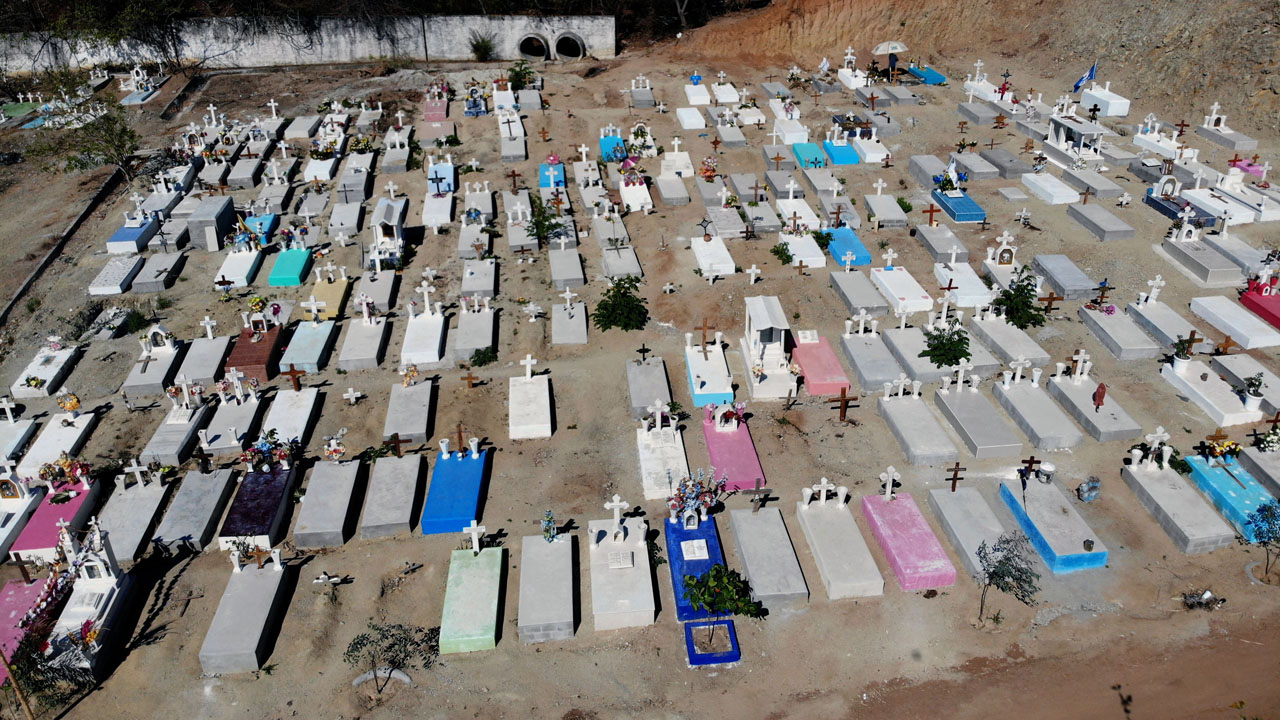
AFP
The World Health Organization announced Thursday that a million people had died from Covid-19 in 2022, calling it a “tragic milestone” when all the tools existed to prevent deaths.
Nearly 6.45 million deaths have been reported to the WHO since the virus was first detected in China in late 2019.
But WHO chief Tedros Adhanom Ghebreyesus questioned whether the world was really on top of the pandemic, this far in.
“This week, we crossed the tragic milestone of one million reported deaths so far this year,” he told a press conference.
“We cannot say we are learning to live with Covid-19 when one million people have died with Covid-19 this year alone, when we are two-and-a-half years into the pandemic and have all the tools necessary to prevent these deaths.
“We ask all governments to strengthen their efforts to vaccinate all health workers, older people and others at the highest risk, on the way to 70 percent vaccine coverage for the whole population.”
Tedros wanted all countries to have vaccinated 70 percent of their populations by the end of June.
But 136 countries failed to reach the target, of which 66 still had coverage below 40 percent.
“It is pleasing to see that some countries with the lowest vaccination rates are now making up ground, especially in Africa,” Tedros said Thursday.
He said only 10 countries had less than 10 percent coverage, most of which were facing humanitarian emergencies.
“However, much more needs to be done,” said Tedros.
“One-third of the world’s population remains unvaccinated, including two-thirds of health workers and three-quarters of older adults in low-income countries.
“All countries at all income levels must do more to vaccinate those most at risk, to ensure access to life-saving therapeutics, to continue testing and sequencing, and to set tailored, proportionate policies to limit transmission and save lives.”
– ‘Real human tragedy’ –
Derrick Sim of the Gavi vaccine alliance said a million deaths in 2022 was a million too many.
“Behind each statistic is a very real human tragedy, and as… the world deals with competing priorities, we cannot become numb to the toll the pandemic is having on individuals, families, and communities,” he said.
More than 593 million cases have now been reported to the UN health agency. Despite testing rates having dropped sharply in many countries, around half of those cases were reported this year.
The Omicron variant accounted for 99 percent of virus samples collected in the last 30 days that have been sequenced and uploaded to the GISAID global science initiative.
Of these, the BA.5 group of Omicron sub-variants remain globally dominant at 74 percent.
“There is increasing diversity within BA.5 descendent lineages, with additional mutations in the spike and non-spike regions,” the WHO said.
International
Five laboratories investigated in Spain over possible African Swine Fever leak
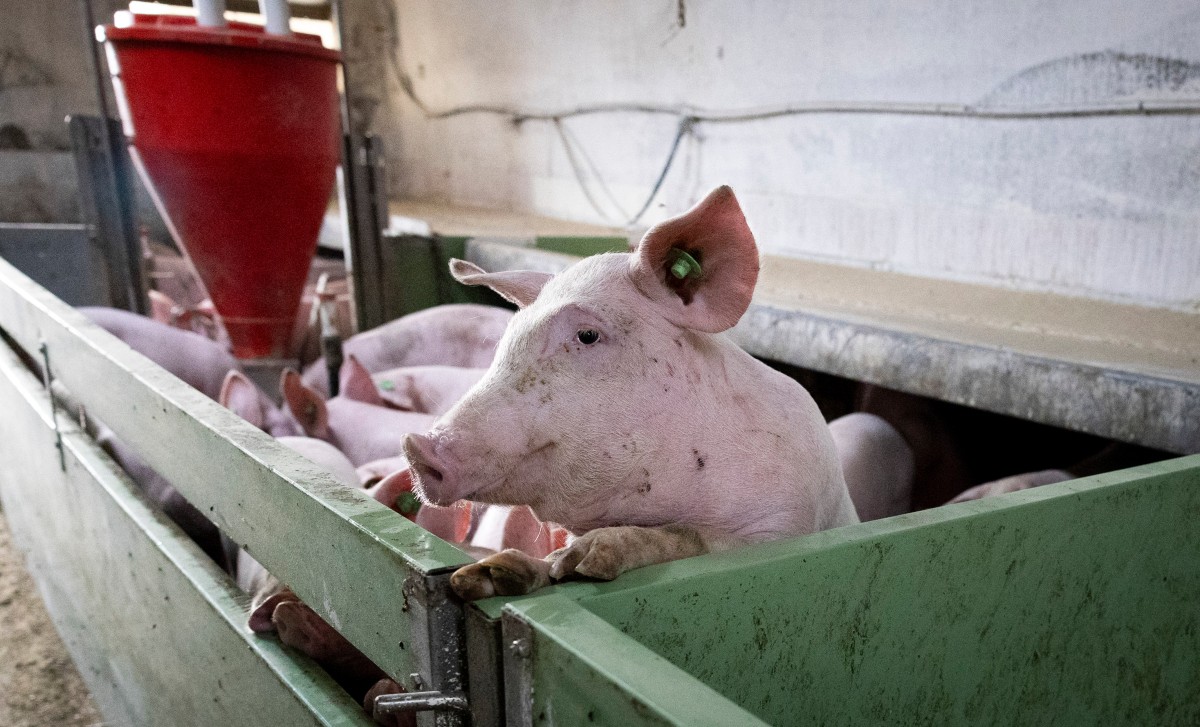
Catalan authorities announced this Saturday that a total of five laboratories are under investigation over a possible leak of the African swine fever virus, which is currently affecting Spain and has put Europe’s largest pork producer on alert.
“We have commissioned an audit of all facilities, of all centers within the 20-kilometer risk zone that are working with the African swine fever virus,” said Salvador Illa, president of the Catalonia regional government, during a press conference. Catalonia is the only Spanish region affected so far. “There are only a few centers, no more than five,” Illa added, one day after the first laboratory was announced as a potential source of the outbreak.
Illa also reported that the 80,000 pigs located on the 55 farms within the risk zone are healthy and “can be made available for human consumption following the established protocols.” Therefore, he said, “they may be safely marketed on the Spanish market.”
International
María Corina Machado says Venezuela’s political transition “must take place”
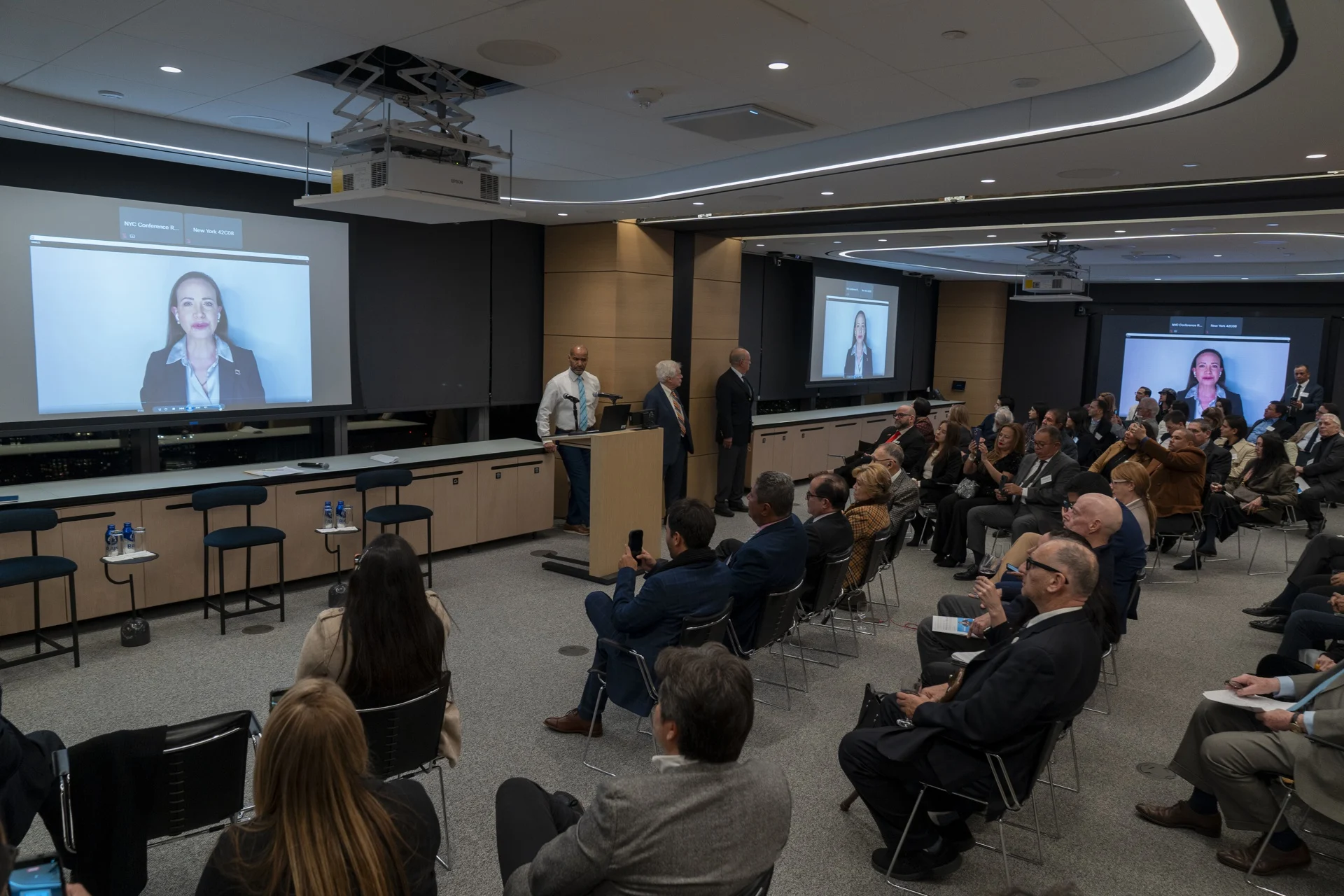
Venezuelan opposition leader María Corina Machado said this Thursday, during a virtual appearance at an event hosted by the Venezuelan-American Association of the U.S. (VAAUS) in New York, that Venezuela’s political transition “must take place” and that the opposition is now “more organized than ever.”
Machado, who is set to receive the Nobel Peace Prize on December 10 in Oslo, Norway — although it is not yet known whether she will attend — stressed that the opposition is currently focused on defining “what comes next” to ensure that the transition is “orderly and effective.”
“We have legitimate leadership and a clear mandate from the people,” she said, adding that the international community supports this position.
Her remarks come amid a hardening of U.S. policy toward the government of Nicolás Maduro, with new economic sanctions and what has been described as the “full closure” of airspace over and around Venezuela — a measure aimed at airlines, pilots, and alleged traffickers — increasing pressure on Caracas and further complicating both air mobility and international commercial operations.
During her speech, Machado highlighted the resilience of the Venezuelan people, who “have suffered, but refuse to surrender,” and said the opposition is facing repression with “dignity and moral strength,” including “exiles and political prisoners who have been separated from their families and have given everything for the democratic cause.”
She also thanked U.S. President Donald Trump for recognizing that Venezuela’s transition is “a priority” and for his role as a “key figure in international pressure against the Maduro regime.”
“Is change coming? Absolutely yes,” Machado said, before concluding that “Venezuela will be free.”
International
Catalonia’s president calls for greater ambition in defending democracy
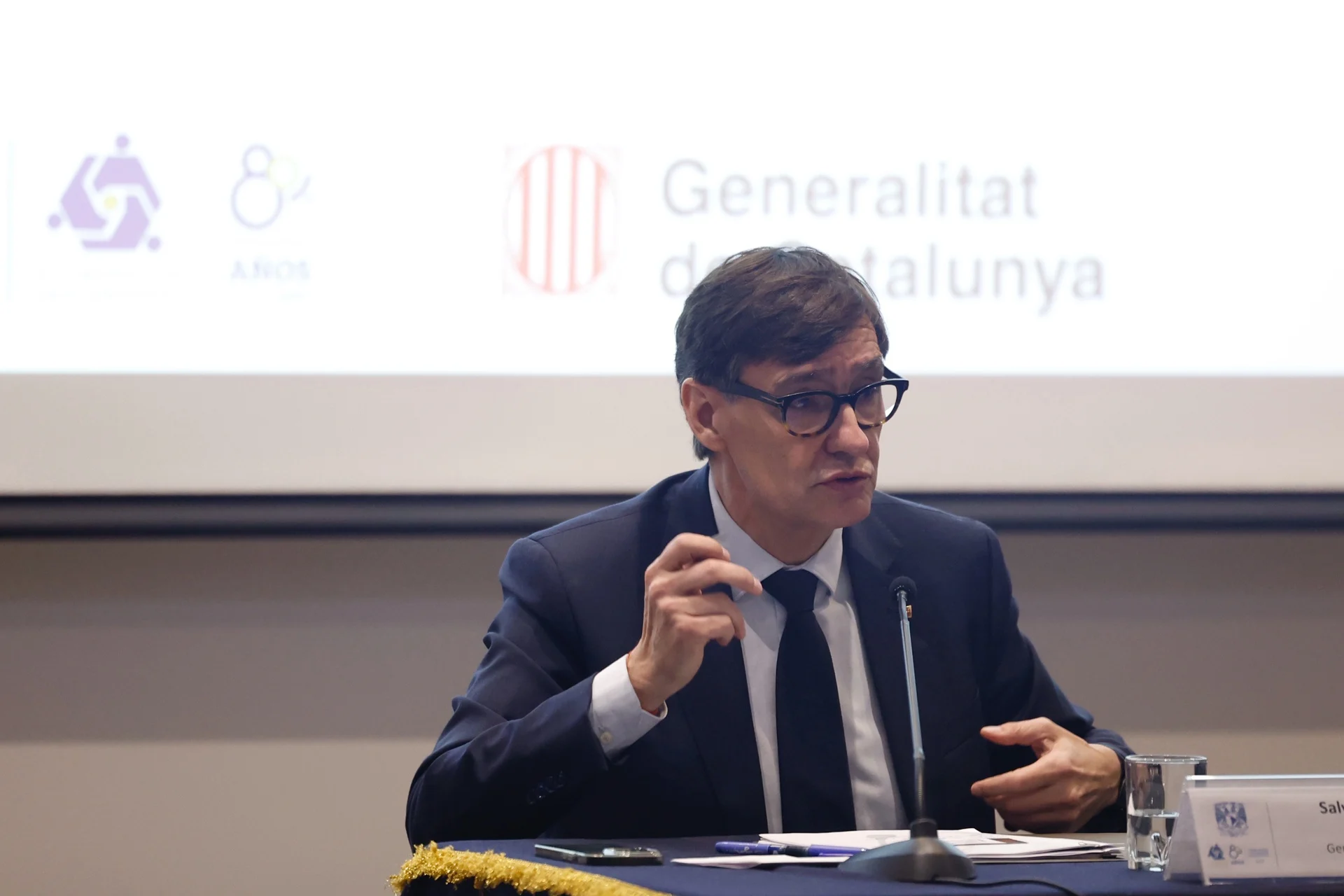
The President of the Generalitat of Catalonia, Salvador Illa, on Thursday called for being “more ambitious” in defending democracy, which he warned is being threatened “from within” by inequality, extremism, and hate speech driven by what he described as a “politics of intimidation,” on the final day of his visit to Mexico.
“The greatest threat to democracies is born within themselves. It is inequality and the winds of extremism. Both need each other and feed off one another,” Illa said during a speech at the National Autonomous University of Mexico (UNAM) in Mexico City.
In his address, Illa stated that in the face of extremism, society can adopt “two attitudes: hope or fear,” and warned that hate-driven rhetoric seeks to weaken citizens’ resolve. “We must be aware that hate speech, the politics of intimidation, and threats in the form of tariffs, the persecution of migrants, drones flying over Europe, or even war like the invasion of Ukraine, or walls at the border, all pursue the same goal: to make citizens give up and renounce who they want to be,” he added.
Despite these challenges, he urged people “not to lose hope,” emphasizing that there is a “better alternative,” which he summarized as “dialogue, institutional cooperation, peace, and human values.”
“I sincerely believe that we must be more ambitious in our defense of democracy, and that we must remember, demonstrate, and put into practice everything we are capable of doing. Never before has humanity accumulated so much knowledge, so much capacity, and so much power to shape the future,” Illa stressed.
For that reason, he called for a daily defense of the democratic system “at all levels and by each person according to their responsibility,” warning that democracy is currently facing an “existential threat.”
-

 International2 days ago
International2 days agoWMO predicts 55% chance of weakened La Niña impacting global weather this winter
-

 International4 days ago
International4 days agoVenezuela authorizes return flights as U.S. continues deportations amid rising tensions
-

 Central America2 days ago
Central America2 days agoJuan Orlando Hernández thanks Donald Trump after U.S. pardon
-

 International4 days ago
International4 days ago20,000 rounds stolen from german army after driver leaves cargo unattended
-

 International3 days ago
International3 days agoRussian authorities ban Roblox citing child safety and moral concerns
-

 Internacionales3 days ago
Internacionales3 days agoJuan Orlando Hernández’s family takes time to decide next steps after surprise U.S. release
-

 International4 days ago
International4 days agoEl Chapo’s son Joaquín Guzmán López pleads guilty to U.S. drug trafficking charges
-
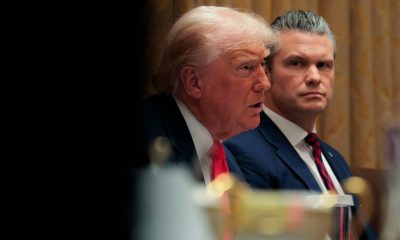
 International4 days ago
International4 days agoTrump convenes National Security Council as U.S.–Venezuela tensions intensify
-

 International3 days ago
International3 days agoClimate-driven rains trigger one of Indonesia’s deadliest flood emergencies in years
-

 International2 days ago
International2 days agoSpain’s PSOE summons Mark Zuckerberg over alleged mass surveillance on Android users
-
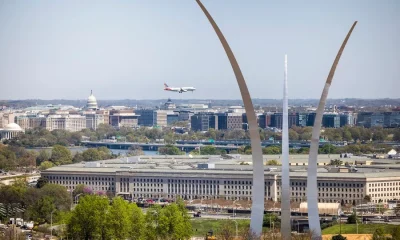
 International2 days ago
International2 days agoNew York Times sues Pentagon over new press restrictions, citing First Amendment violations
-
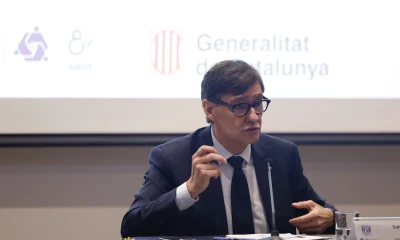
 International1 day ago
International1 day agoCatalonia’s president calls for greater ambition in defending democracy
-
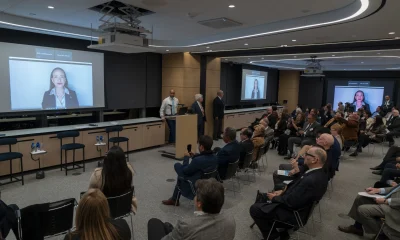
 International1 day ago
International1 day agoMaría Corina Machado says Venezuela’s political transition “must take place”
-

 Central America1 hour ago
Central America1 hour agoHonduras vote vount drags on as Asfura and Nasralla remain in technical tie
-

 International1 hour ago
International1 hour agoFive laboratories investigated in Spain over possible African Swine Fever leak


























